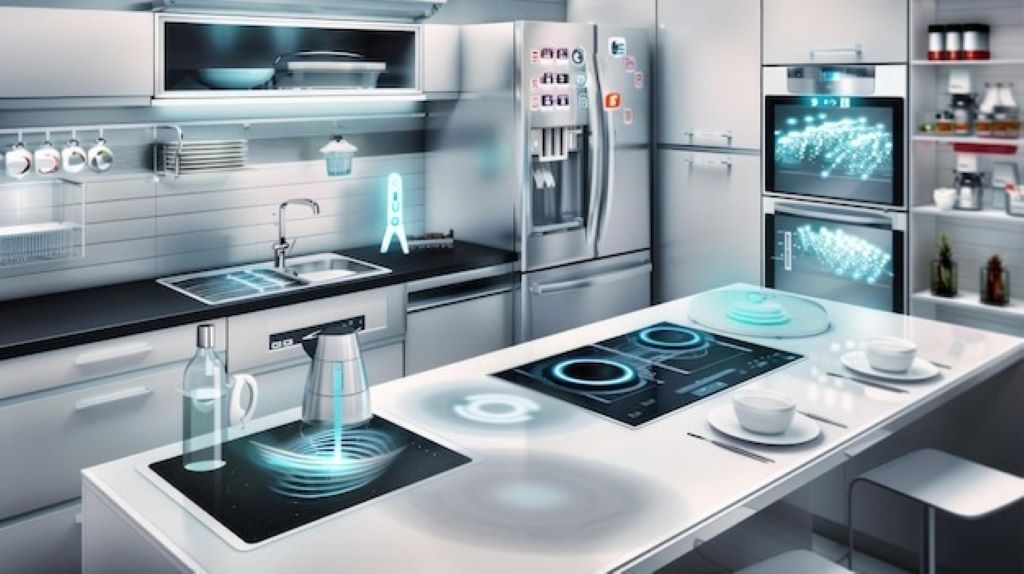Although it’s been around for centuries, sheet metal fabrication remains important in numerous industries. But what exactly is it, what are the advantages and disadvantages, and what are its common applications?
What Exactly Is Sheet Metal Fabrication?
Sheet metal fabrication is the process of transforming flat sheets of metal into products or structures of various shapes and sizes. The main methods of doing this include bending, punching, and cutting.
What Are the Advantages/Benefits?
There are many reasons why sheet metal fabrication remains popular:
- Strength and resistance: bending metal actually increases its core strength. Fabricated sheet metal is ideal for demanding/harsh environments, as it offers resistance to corrosion, pressure, moisture and wear and tear.
- Reusability: sheet metal is able to be recycled and can be reused multiple times, reducing waste and encouraging sustainability.
- Aesthetic appeal: sheet metal products can be painted, polished or sandblasted to provide various desirable appearances.
- Precision and accuracy: advanced techniques and computerised fabrication machines enable the production of highly precise and complex parts.
What Are the Limitations/Disadvantages?
Although it has many benefits, there are some downsides/limitations. The main ones are:
- Cost: fabrication machines/tools are quite expensive, and intricate designs may need manual labour, which also costs more.
- Material constraints and challenges: some bends are only possible on thinner sheet metals. Additionally, thicknesses cannot be varied when using a single sheet.
- Production lead times/scalability: more complex projects may require multiple steps, which can impact on lead times. Similarly, scaling up production is not always straightforward.
Bending Machine Experts
Bending machines are an efficient way of bending sheet metals into various shapes/forms. If you feel that this would be of benefit to your business, specialists such as www.cotswold-machinery can offer advice and products – including a number of different Euromac bending machines.
Common Applications
Sheet metal fabrication is used in a range of industries, including aerospace, electronics and construction. Examples of products made in this way include casings, brackets, body panels/chassis, shelving and multiple household appliances.

